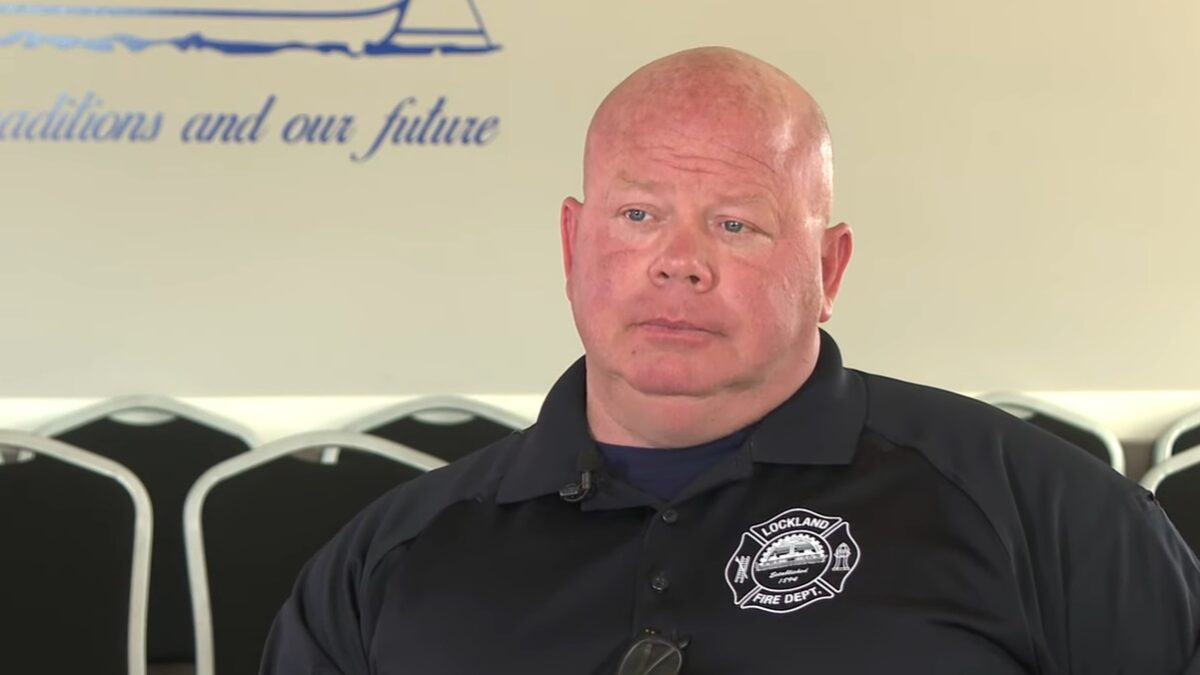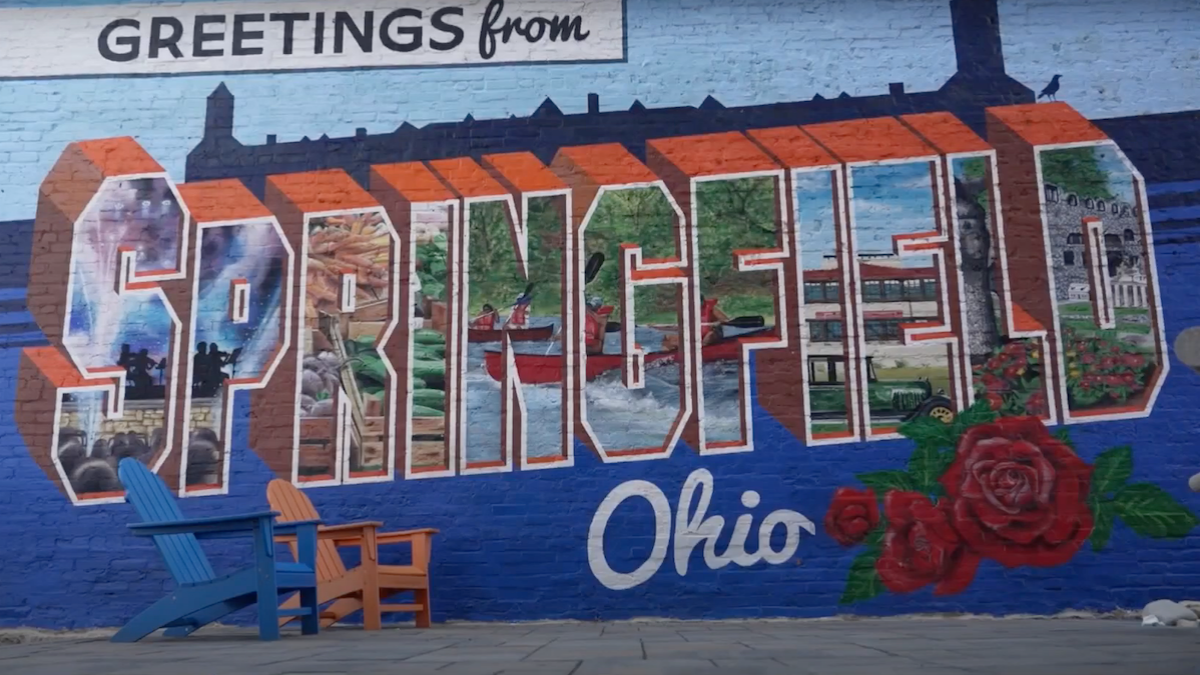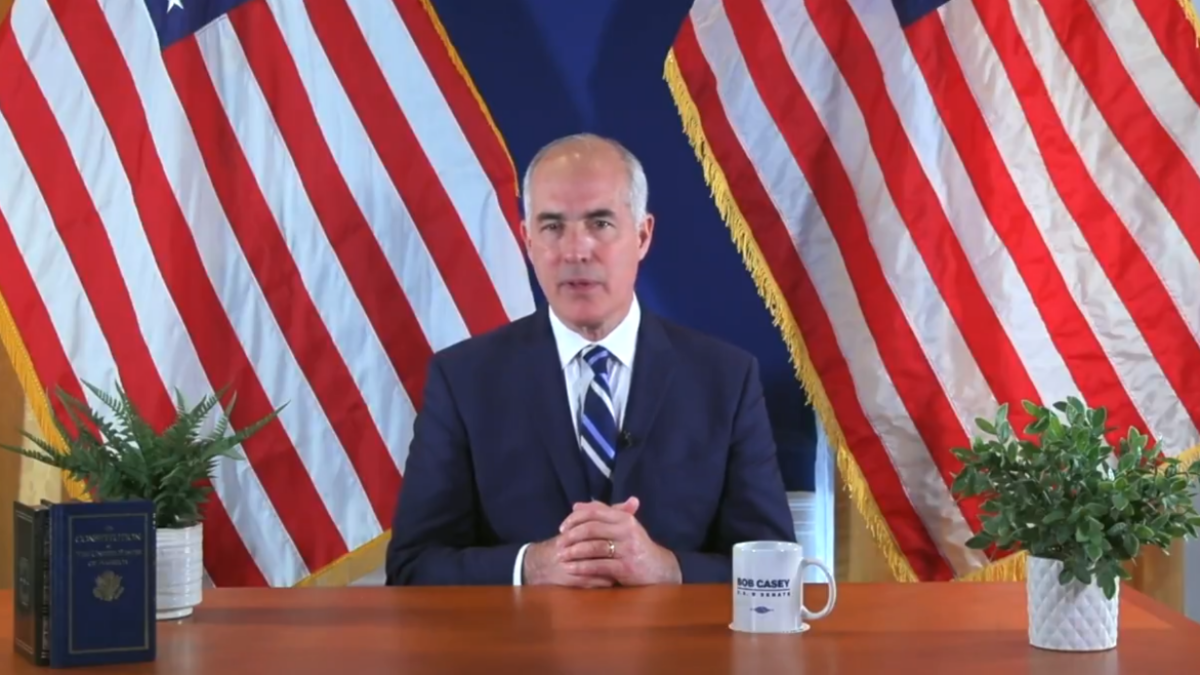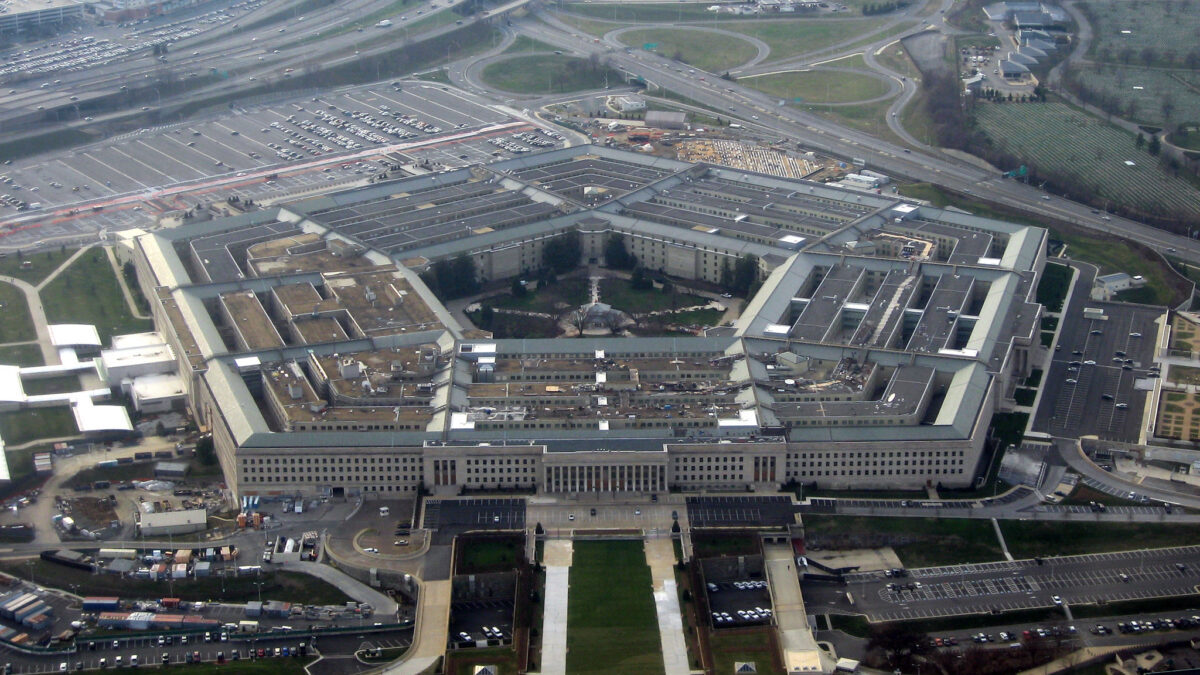
Although it has taken second seat to the controversy surrounding his executive order on refugees from the Middle East, President Trump’s executive order setting out his plan to defund sanctuary cities could have a greater long-term effects.
As the Obama White House explained in 2014, “For more than a half century, every president—Democratic or Republican—has used his legal authority to act on immigration.” Now, the sanctuary city of San Francisco has filed suit in federal court seeking to continue to defy federal immigration law while still demanding to receive federal grant money.
Trump’s January 25 executive order on “sanctuary jurisdictions” is aimed at “aliens who illegally enter the United States and those who overstay or otherwise violate the terms of their visas.” Citing “national and public safety,” it seeks to “prioritize” the removal of aliens who have been convicted of or are chargeable with criminal offenses.
San Francisco Has Long Been a Test Case
The executive order references the federal sanctuary-city statute and goes on to require the Department of Homeland Security (DHS) to compile a list of non-compliant sanctuary cities with the purpose of making them no longer eligible to receive federal grants of any kind, “except as deemed necessary for law enforcement purposes by the attorney general.” San Francisco says that all federal grants make up 13 percent of its annual budget. DHS has not had time to carry out the executive order, so no list of sanctuary cities yet exists.
Federal “grants” to state and local governments occur in every federal department and are awarded across the complete range of social policy: health, safety, welfare, education, and law enforcement. As San Francisco points out in its lawsuit, this includes Medicaid, but not Social Security and Medicare, because in those two programs federal money goes directly to individual citizens. The Congressional Budget Office says grants to state and local governments constitute 17 percent of all federal outlays.
In general, “sanctuary cities” are concentrated in the Northeast and the three West Coast states. Los Angeles was apparently the first sanctuary city, so designating itself in 1979 when it prohibited the city’s police officers from making arrests for violations of the federal criminal law prohibiting illegal U.S. entry. San Francisco then went further and decided to prohibit the use of city money to assist federal immigration enforcement. That is, a sanctuary city was the first to cut off public funds for enforcing immigration law.
The federal “sanctuary city” statute at 8 U.S.C. 1373 was enacted in 1996 to force sanctuary cities to cooperate with federal agents in enforcing federal immigration statutes. The law requires all levels of government to respond to requests for information from DHS’ Immigration and Naturalization Service about the immigration status of any person. Although sanctuary cities vary in their practices, the essence of the sanctuary city movement is to defy this law.
Sanctuary Comes from Law, Not Breaking the Law
There is no history or tradition of “sanctuary” as resistance to and repudiation of public law. In the biblical book of Numbers, Moses was commanded to set up “six cities of refuge” to protect the limited category of killers who “slay without intent” from blood vengeance from the victims’ families.
Later, in Christian civilization, “sanctuary” (“sacred place”) came to be a place where accused criminals or other fugitives from state power were granted temporary asylum. Church sanctuary was abolished in England in 1621, and it never had any legal or constitutional status in this country. Thus, the current sanctuary movement is more akin to the “nullification” movement in South Carolina before the Civil War, to certain contemporary proposals to amend the Constitution to allow for state nullification of federal laws, and to the California secession movement.
Pursuant to an act of Congress in 2008, the Department of Homeland Security implemented a comprehensive plan, known as Secure Communities, to enforce all immigration laws, criminal and civil. But in 2014, DHS, at the direction of President Obama, substantially endorsed the sanctuary city movement by replacing the Secure Communities plan with “priority enforcement,” under which DHS decided to not enforce civil violations and to severely narrow its enforcement of criminal violations of the immigration laws.
This change also put into effect a new “prosecutorial discretion” as well as “humanitarian” concerns in federal enforcement of immigration laws. However, in 2016, the Obama administration started to partially backtrack, and the Department of Justice’s Office of Justice Programs issued a directive stating that recipients of federal law enforcement grants must be in “compliance with all applicable laws and regulations,” including the sanctuary city law, “Section 1373.”
‘A Single, National Approach’ Is ‘Imperative’
In its court filing, San Francisco makes only a glancing reference without development to what is probably the most relevant court case, in which the Supreme Court held against the famous Arizona sheriff, Joe Arpaio, that “The Government of the United States has broad, undoubted power over the subject of immigration and the status of aliens.” As The New York Times editorialized on the case, quoting the position of the Justice Department, “It is imperative that there be ‘a single, national approach’ to immigration.”
All in all, no one would dispute the executive branch’s general authority to see that federal grant monies are spent in compliance with federal law. Both the Obama and Trump administrations have agreed about the Justice Department’s specific authority to force state and local governments receiving law-enforcement grants to comply with federal law, especially the sanctuary-city law.
The larger issue of defunding all federal grants appears to be new. That may be because the federal government’s precedent and authority has not been challenged by jurisdictions that, after all, are always the grateful beneficiaries of federal money. Meanwhile, since the DHS has not yet compiled its official list of sanctuary cities, San Francisco has no case, and its suit should be dismissed.









